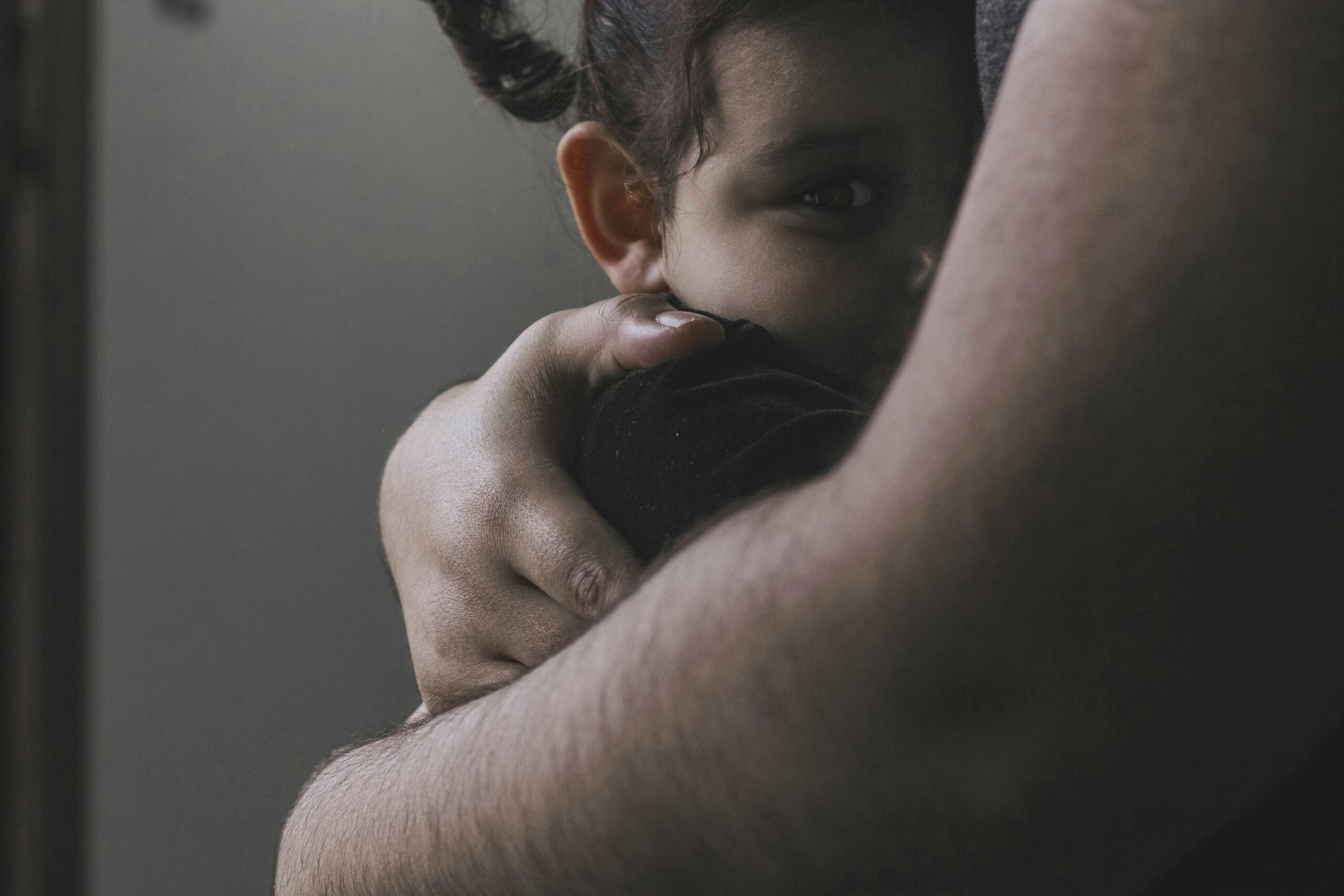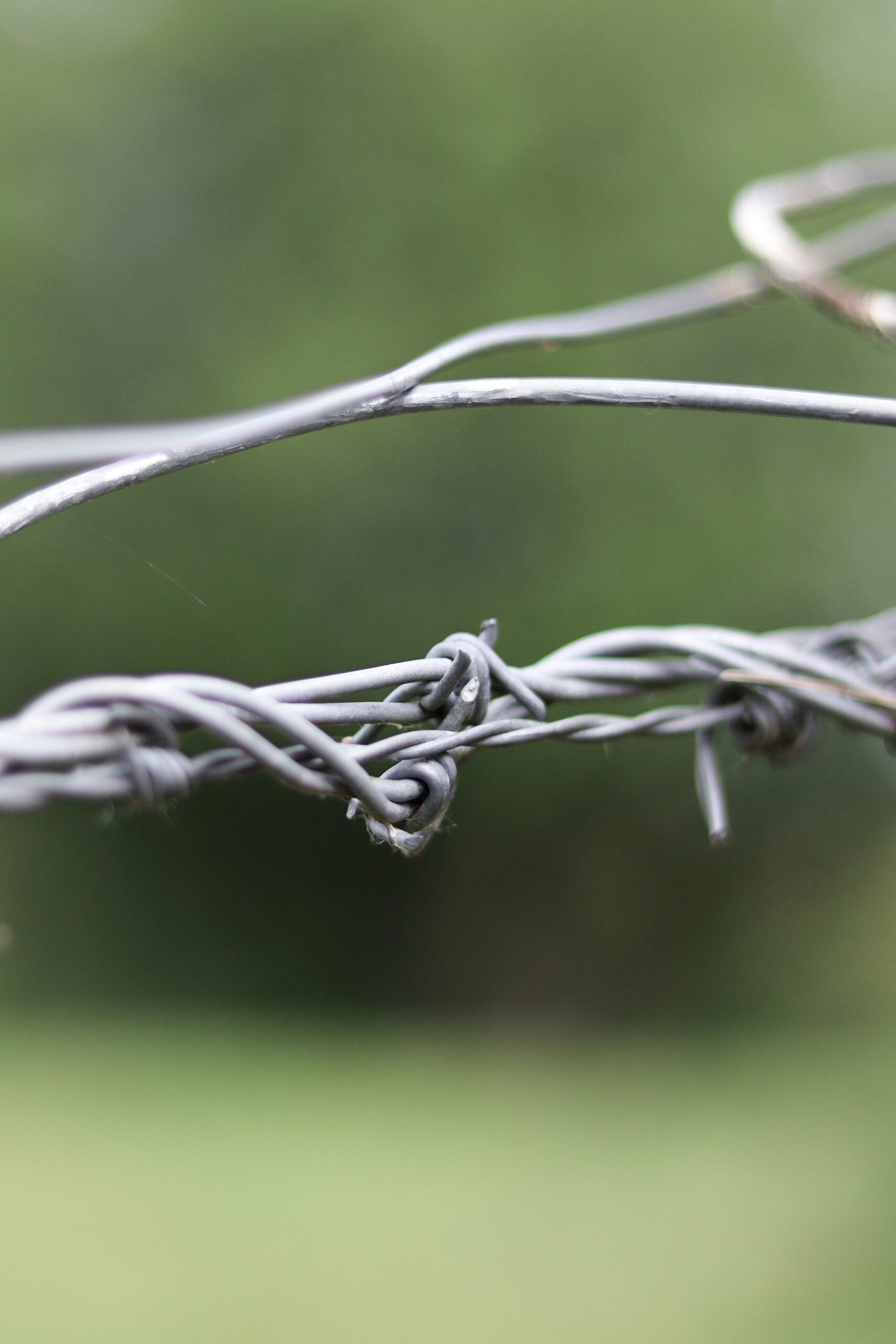When we think about the challenges a child might face growing up, physical dangers and obvious hardships often come to mind. But what about the wounds that leave no visible scars? Emotional abuse is a silent, insidious force that can quietly shape a child’s world in profound ways. How does this unseen turmoil influence their sense of self, relationships, and future? In this article, we’re diving deep to unpack the subtle yet powerful impact emotional abuse has on children — exploring what it really looks like, why it matters, and how we can recognize and respond to it with care and understanding. Join me on this journey to better understand a hidden aspect of childhood that deserves more attention.
Table of Contents
- Understanding the Silent Impact of Emotional Abuse on Child Development
- How Emotional Abuse Alters a Child’s Perception of Trust and Self-Worth
- Recognizing Subtle Signs of Emotional Abuse in Everyday Behavior
- Practical Steps to Support a Child Healing from Emotional Trauma
- Closing Remarks
Understanding the Silent Impact of Emotional Abuse on Child Development
The effects of emotional abuse, though often invisible, can deeply alter a child’s perception of themselves and the world around them. Unlike physical abuse, its scars are etched into the mind and heart, gradually reshaping feelings of trust, safety, and self-worth. A child subjected to consistent criticism, neglect, or manipulation may internalize a narrative of inadequacy, which subtly influences their ability to form healthy relationships later in life. These silent wounds can also manifest as difficulty regulating emotions, heightened anxiety, or a pervasive sense of loneliness—even when surrounded by others. Such profound inner struggles highlight the urgent need to recognize emotional abuse not as an occasional setback but as a critical factor influencing lifelong mental health and development.
Understanding the nuanced ways emotional abuse affects children demands attention to several key areas where its impact is most insidious:
- Self-Identity: Constant emotional denigration can distort how children see their own worth and abilities.
- Attachment Patterns: Early emotional neglect often leads to disorganized or avoidant attachments, complicating future bonds.
- Cognitive Development: Chronic stress from emotional toxicity may impair concentration, learning, and decision-making skills.
- Emotional Resilience: Without healthy coping models, children are more vulnerable to depression or emotional dysregulation.
Recognizing these subtle signs can empower caregivers and educators to intervene with empathy and tailored support, fundamentally altering a child’s developmental trajectory for the better.
How Emotional Abuse Alters a Child’s Perception of Trust and Self-Worth
When a child experiences emotional abuse, the fragile fabric of their inner world begins to unravel, shifting their understanding of trust and self-worth in profound ways. Instead of seeing caregivers as safe havens, these children often grow to anticipate betrayal or neglect, leaving them hesitant to confide in others. This misplaced caution doesn’t just alter their present relationships—it lays down a blueprint for future connections, where vulnerability becomes synonymous with risk. In this tangled web of doubt, a child’s basic belief that people can be reliable and compassionate gets severely compromised.
At the same time, emotional abuse chips away at a child’s self-esteem, replacing confidence with feelings of inadequacy and shame. The constant erosion of affirmation from those meant to nurture them cultivates a toxic inner voice that can sound like:
- “I am not good enough.”
- “My feelings don’t matter.”
- “I must be invisible to be safe.”
This internalized narrative often leads to withdrawal, self-doubt, and difficulty advocating for oneself—challenges that can shadow a child well into adulthood. Understanding these invisible scars is key to breaking the cycle and nurturing a renewed sense of trust and worth.
Recognizing Subtle Signs of Emotional Abuse in Everyday Behavior
Emotional abuse often hides in the nuances of daily interactions, making it challenging to pinpoint. It’s not always about loud arguments or outright hostility; sometimes, it’s the small, almost imperceptible acts that slowly chip away at a child’s sense of self. Look closely for moments where a child’s feelings are consistently dismissed or belittled, such as being told they’re “too sensitive” or “making a big deal out of nothing.” These diminutive remarks cultivate an environment where children begin to question their own emotions and worth. Another subtle red flag is persistent criticism that isn’t aimed at behavior improvement but seems to erode confidence instead.
Observing behavioral changes can also reveal these hidden wounds. A child who suddenly becomes quiet, avoids eye contact, or withdraws from social settings may be silently grappling with emotional turmoil. Other less obvious signs include:
- Excessive people-pleasing, as if trying to win approval or avoid further criticism
- Unexplained bursts of anger or frustration that don’t align with external events
- Perfectionism stemming from fear of disappointment
Recognizing these behaviors as potential cries for help is crucial. It allows caregivers and educators to intervene early, providing the support and affirmation every child deserves to feel safe and valued.
Practical Steps to Support a Child Healing from Emotional Trauma
Supporting a child through the aftermath of emotional trauma requires a blend of patience, consistency, and genuine empathy. Start by creating a safe and predictable environment that fosters trust—this stability becomes a cornerstone for healing. Offer gentle reassurance and validate their feelings without judgment, as children often struggle to label or express complex emotions. Simple acts like maintaining regular routines, providing quiet spaces for reflection, and actively listening can communicate safety more powerfully than words.
Encourage creative outlets that allow children to explore and communicate their experiences non-verbally. Art, play, and storytelling serve as bridges to inner worlds that might otherwise remain inaccessible. Additionally, modeling healthy emotional expression and problem-solving techniques helps them envision a future beyond trauma’s shadow. Supporting a child’s journey is less about fixing and more about being present—witnessing their resilience unfold one small step at a time.
Closing Remarks
As we’ve explored, emotional abuse leaves subtle yet profound imprints on a child’s inner world, shaping how they see themselves and connect with others. Understanding these hidden wounds is the first step toward breaking cycles and fostering healing. The more curious we are about these unseen struggles, the better equipped we become to offer support, empathy, and hope. After all, unraveling the complex ways emotional abuse shapes a child’s reality isn’t just important—it’s essential for building a kinder, more compassionate future.











